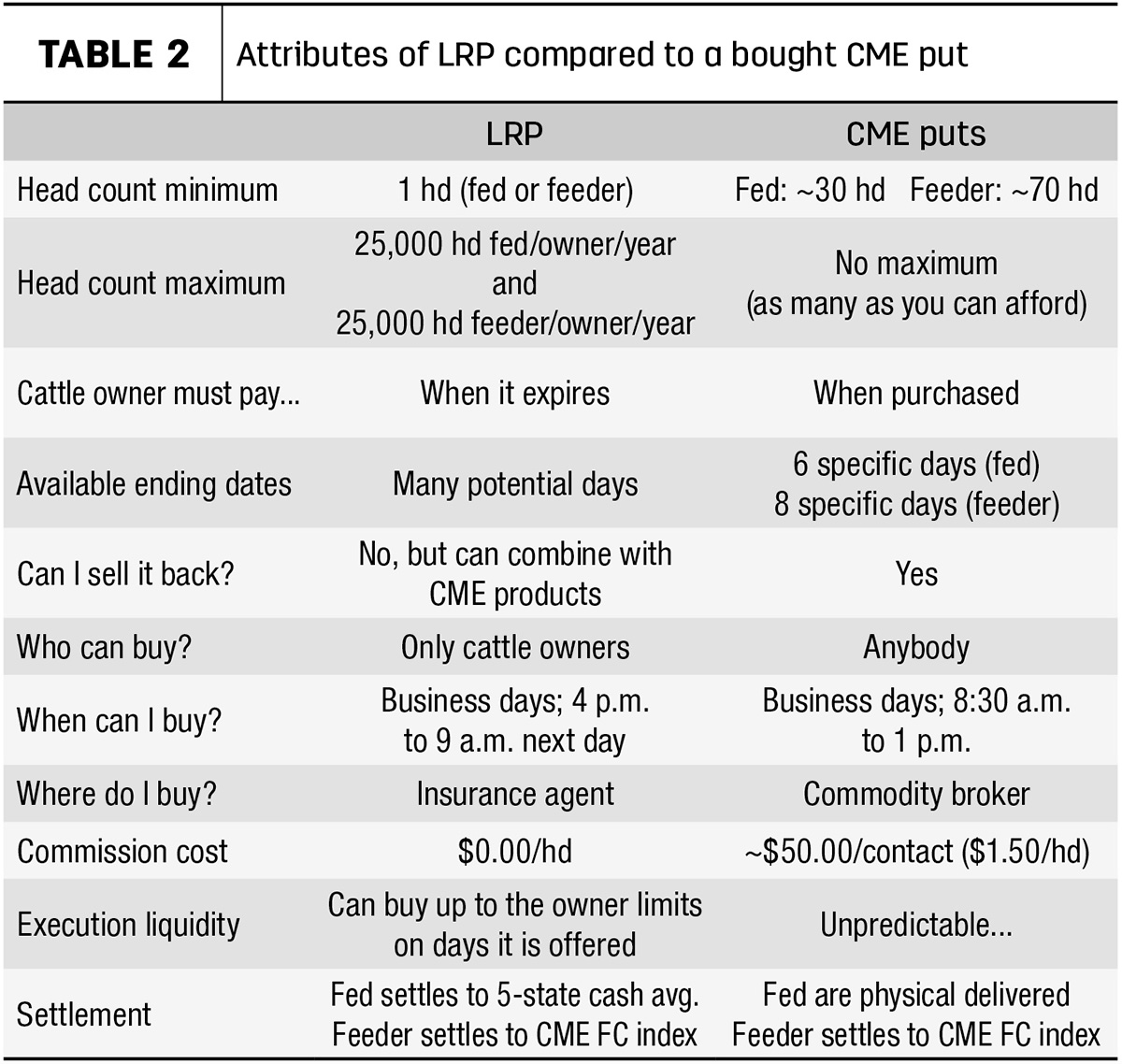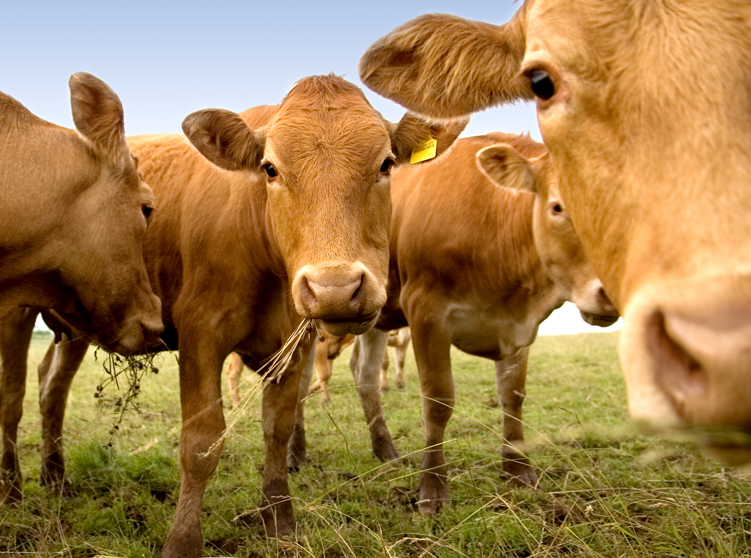Boost Your Proficiency with Bagley Risk Management
Boost Your Proficiency with Bagley Risk Management
Blog Article
Comprehending Livestock Threat Defense (LRP) Insurance Policy: A Comprehensive Guide
Browsing the world of livestock danger defense (LRP) insurance policy can be a complex venture for several in the farming sector. From how LRP insurance policy functions to the different coverage alternatives offered, there is much to discover in this detailed overview that could possibly form the way animals producers come close to risk administration in their businesses.

Exactly How LRP Insurance Functions
Occasionally, recognizing the auto mechanics of Livestock Threat Protection (LRP) insurance coverage can be complicated, however damaging down exactly how it works can provide quality for farmers and herdsmans. LRP insurance policy is a danger management tool developed to protect animals producers against unanticipated cost decreases. The plan permits manufacturers to establish an insurance coverage degree based upon their certain requirements, selecting the number of head, weight range, and insurance coverage price. Once the policy remains in place, if market prices drop listed below the protection price, manufacturers can file a claim for the difference. It is necessary to note that LRP insurance coverage is not an income guarantee; instead, it concentrates solely on rate risk security. The coverage duration commonly ranges from 13 to 52 weeks, giving flexibility for manufacturers to select a duration that lines up with their manufacturing cycle. By making use of LRP insurance policy, herdsmans and farmers can minimize the financial dangers connected with fluctuating market prices, making certain better security in their operations.
Eligibility and Coverage Options

When it involves insurance coverage options, LRP insurance uses producers the versatility to choose the coverage level, protection duration, and recommendations that ideal fit their risk monitoring demands. Insurance coverage levels normally range from 70% to 100% of the anticipated finishing worth of the insured livestock. Producers can likewise select coverage durations that straighten with their production cycle, whether they are guaranteeing feeder livestock, fed livestock, swine, or lamb. Recommendations such as rate risk defense can better tailor protection to secure against damaging market changes. By understanding the qualification requirements and protection choices offered, animals producers can make informed choices to take care of risk effectively.
Pros and Disadvantages of LRP Insurance Policy
When assessing Animals Threat Security (LRP) insurance coverage, it is crucial for livestock manufacturers to evaluate the downsides and advantages integral in this danger administration tool.

One of the key advantages of LRP insurance policy is its capacity to give protection against a decline in animals prices. In addition, LRP insurance supplies a degree of versatility, permitting producers to tailor coverage levels and plan periods to suit their specific demands.
One constraint of LRP insurance policy is that it does not secure against all types of risks, such as disease episodes or natural calamities. It is crucial for manufacturers to thoroughly analyze their specific risk exposure and financial situation to establish if LRP insurance coverage see this site is the ideal threat management device for their procedure.
Comprehending LRP Insurance Policy Premiums

Tips for Maximizing LRP Perks
Making the most of the benefits of Animals Risk Security (LRP) insurance coverage requires calculated preparation and proactive danger management - Bagley Risk Management. To maximize your LRP insurance coverage, think about the following suggestions:
Frequently Evaluate Market Problems: Keep informed about market trends and cost variations in the animals sector. By keeping track of these aspects, you can make informed decisions concerning when click here now to acquire LRP insurance coverage to protect against prospective losses.
Establish Realistic Protection Levels: When choosing protection levels, consider your production costs, market value of livestock, and prospective risks - Bagley Risk Management. Establishing sensible insurance coverage degrees guarantees that you are properly safeguarded without overpaying for unneeded insurance
Diversify Your Coverage: Instead of relying entirely on LRP insurance coverage, consider diversifying your threat administration methods. Incorporating LRP with various other danger monitoring devices such as futures contracts or options can provide extensive coverage versus market unpredictabilities.
Evaluation and Change Protection Regularly: As market conditions change, periodically assess your LRP protection to guarantee it straightens with your present risk exposure. Readjusting protection levels and timing of acquisitions can help maximize your danger protection strategy. By adhering to these ideas, you can make the most of the advantages of LRP insurance and secure your animals operation against unforeseen threats.
Conclusion
In verdict, animals danger protection (LRP) insurance is a beneficial tool for farmers to take care of the financial risks related to their animals procedures. By comprehending exactly how LRP functions, eligibility and insurance coverage choices, as well as the advantages and disadvantages of this insurance policy, farmers can make enlightened decisions to protect their resources. By very carefully taking into consideration LRP costs and applying techniques to take full advantage of advantages, farmers can alleviate potential losses and guarantee the sustainability of their procedures.
Animals producers interested in acquiring Animals Threat Protection (LRP) insurance coverage can discover an array of qualification requirements and protection choices customized to their look these up specific livestock operations.When it comes to protection choices, LRP insurance policy offers producers the flexibility to choose the protection level, protection period, and recommendations that best fit their danger administration demands.To realize the intricacies of Animals Danger Protection (LRP) insurance coverage totally, recognizing the variables affecting LRP insurance policy costs is essential. LRP insurance coverage premiums are identified by different elements, including the protection level chosen, the expected rate of animals at the end of the insurance coverage duration, the type of livestock being insured, and the length of the insurance coverage duration.Review and Adjust Coverage Frequently: As market conditions transform, occasionally assess your LRP protection to ensure it aligns with your current threat exposure.
Report this page